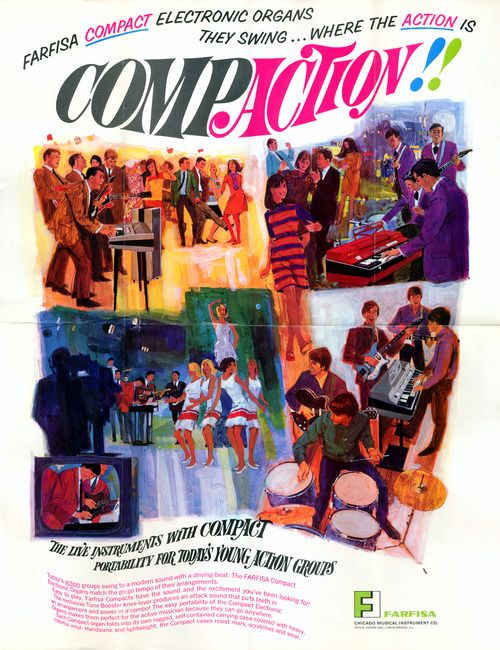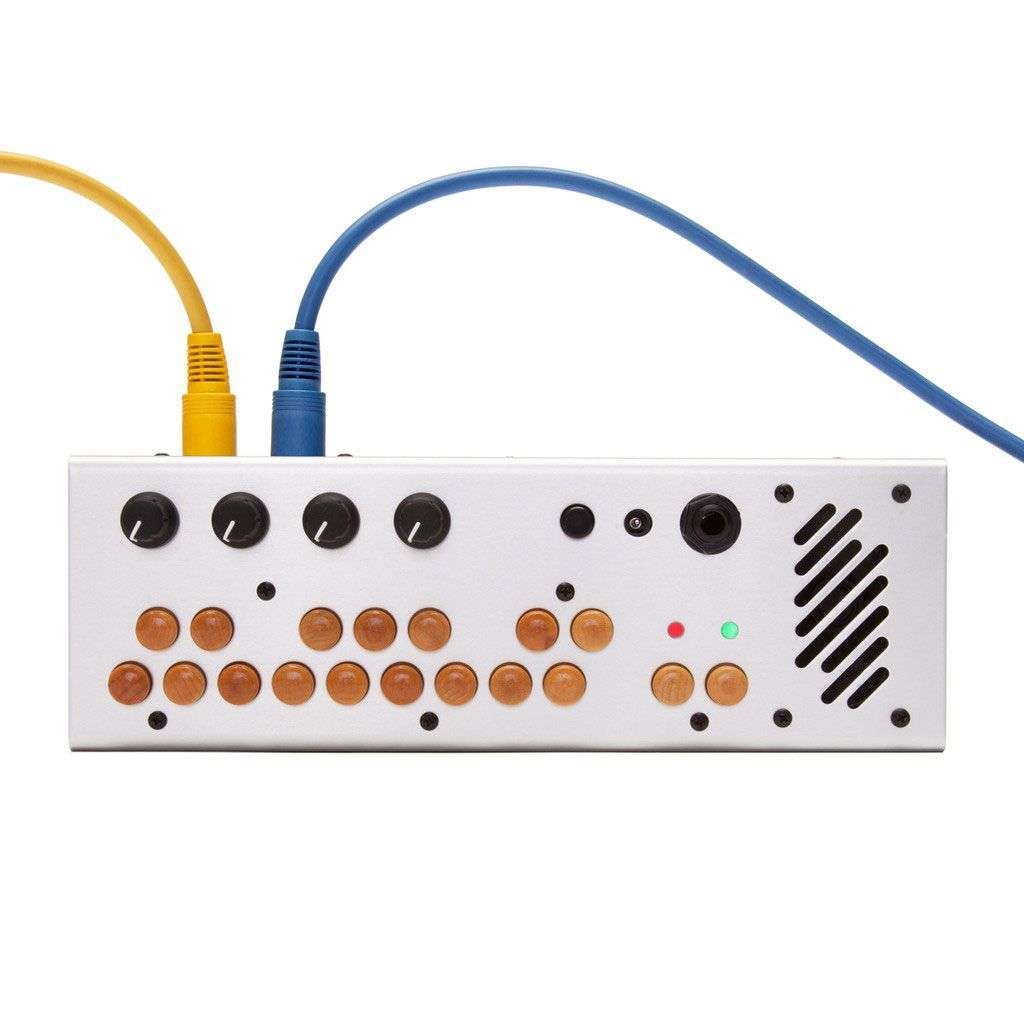Building a transistor organ monosynth
“What’s the synth you’re working on?”, asked nobody at all after reading my post about PT2399 filters. Good question!
I’m a keyboard player. Piano originally, then organs (Hammond, Farfisa), then synths.


I am also mildly obsessed with the Pocket Piano by Critter & Guitari. It is a tiny digital synth with charming wooden buttons that sounds unlike anything else I’ve ever played. It has several modes (I could write a book about the arpeggiator), but the one I insist on using on almost everything is RED (the one where the LED is red). It’s the basic polyphonic synth mode. It has four sounds, and one of them is a fizzy buzzsaw that cuts through any mix and spreads joy around the room. Combine it with the two-octave pitch bend knob and you have a dangerous weapon of joy.
The Farfisa “multi-tone booster” sound and the Pocket Piano buzzsaw sound have a lot in common, and it’s the combination of these, along with a video about a quirky Soviet toy keyboard, that inspired me to start building a transistor organ monosynth back in July.
I’ll post more about the circuit and how it all works (and sounds!) another time. I’ve designed a PCB and ordered all the components so I’ll have something fun to show in a couple of weeks. It might be the keyboard of my dreams. Or an unusable monstrosity. Only time will tell!